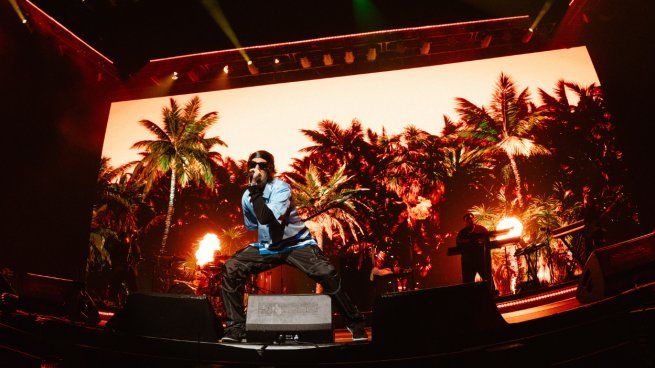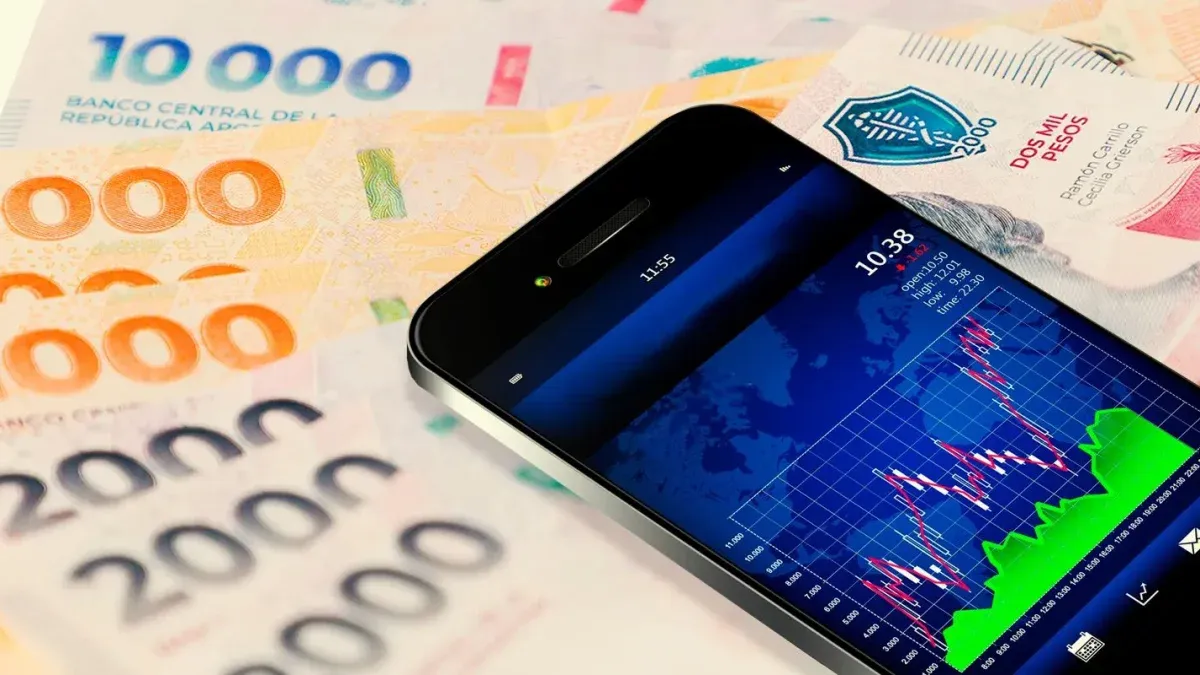The new Roomba j7 has a camera for object recognition, so it should avoid poo poo and charging cables. In addition, the market leader in vacuum robots has given all WiFi-enabled devices an update with which they can adapt more intelligently to the lives of their people.
The Roomba vacuum robots are rightly considered to be the technological pinnacle in the field. But the pursuers are on the trail of the market leader, because it is no secret that significantly cheaper vacuum cleaners from China are now also able to perform well. Roomba introduced the suction station a few years ago. This is a stationary cable vacuum cleaner that empties the small dirt container of the mobile robot vacuum cleaner and collects the dirt in a bag. So that you only have to change the bag once every four to six weeks.
In 2021, Roomba will launch a new technology with the j7. The j7 is equipped with a high resolution camera. The so-called PrecisionVision navigation technology is not only used for navigation, this camera is supposed to recognize and identify objects with the help of artificial intelligence (AI). That should please pet owners from time to time. Because apparently there is not only a battle between robots and dog poop in YouTube videos, but also in reality. Roomba boss Colin Angle said that sternthat the j7 can reliably detect charging cables, shoelaces and dog poo at the start and then get out of the way. Angel is confident that the AI will securely identify even more objects in further updates.
Data protection is becoming more important
Anyone who lives in an apartment with children and pets or tends to leave something behind, knows that cables, Lego bricks or hair ties can paralyze even the most thorough robot. They wrap around rollers and wheels – manual intervention is then necessary every time to get the Robbi back on the road. Currently, you can mark rigid restricted areas in the apartment plan that the robot leaves out, but with the help of object recognition, the robot can work much more flexibly. In this context, Roomba’s promise of absolute data protection is important. Navigation, whether with a camera or lidar radar, only records the floor plan of the apartment and the arrangement of the furniture. In contrast, nothing escapes an HD camera with object recognition.
The robot also learns with the help of its human. If the device encounters unknown objects, it sends a photo to the owner, who can decide whether vacuuming should be carried out here or whether the area should be avoided.
The structure of the new j7 is similar to the older i7, which is also round. However, it comes in a new, homely look. The suction station has also been changed, the rear “tower” is wider but less high. This makes it easier to place the device under a table.
Robot adapts to human habits
A software update (Genius 3.0 Home Intelligence System) is being rolled out in parallel to the j7 vacuum cleaner, it is installed in all of the company’s WiFi-enabled robots and does not cost any extra. Various features are combined in it. In the days of the home office, many users are no longer satisfied with rigid cleaning times. Now you can use the GPS data of the smartphone so that the robot works when you have left the house yourself. Even with such features, the data security of the Roomba devices is important. At the same time, the working noise is reduced if the robot only moves from room to room, and it also indicates how long it takes for a room.
Roomba j7 goes on the market with a price of 749 euros, with the recommended suction station it costs 999 euros. In the past iRobot had special offers. So one can assume that this robot will also be available cheaper.
Steps to a real smart home
Technically, Roomba’s PrecisionVision navigation technology is an important step beyond the vacuum cleaner. In order for a smart home to be really smart and for robots to relieve people, the machines must first learn to understand the household. You have to be able to tell the difference between an armchair and a bucket, a chunk of popcorn from a Lego brick. And that will only be possible with an optical detection system, says Colin Angle. Because humans also orientate themselves primarily with their eyes. A lidar system may be sufficient to find your way around a floor plan. In the long run, however, these systems will disappear from the market again, according to the iRobot boss. Because they will not be able to perform more complex tasks.
David William is a talented author who has made a name for himself in the world of writing. He is a professional author who writes on a wide range of topics, from general interest to opinion news. David is currently working as a writer at 24 hours worlds where he brings his unique perspective and in-depth research to his articles, making them both informative and engaging.




